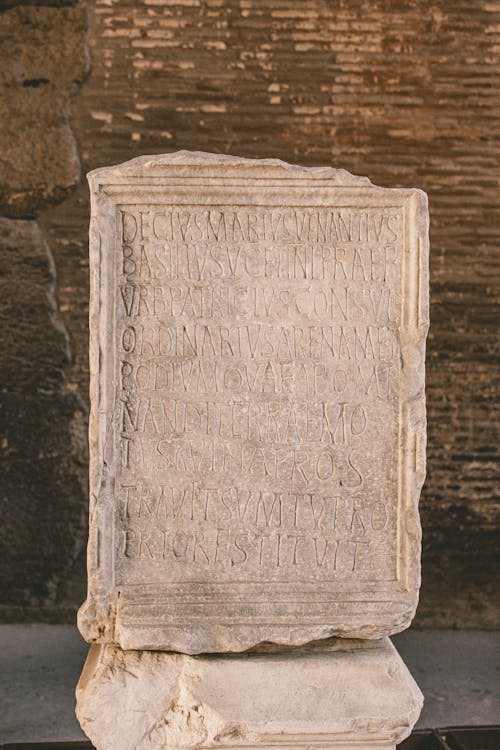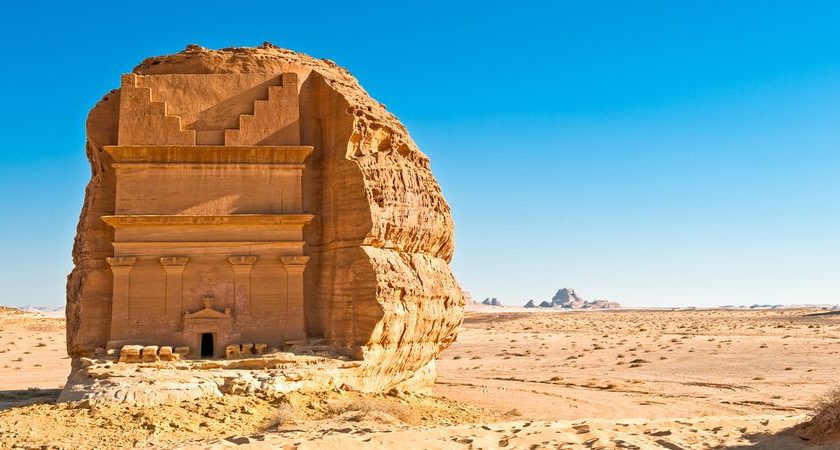The ancient city of Ashkelon, located on the Mediterranean coast of Israel, is set to unveil two remarkable Roman-era tombs to the public for the first time. These vaulted burial structures, dating back at least 1,700 years, offer a rare glimpse into the art, culture, and burial practices of the Roman period. You can explore the history and archaeology of Ashkelon on the Jewish Virtual Library website.
The first of the Ashkelon Roman tombs was initially discovered in the 1930s by a British expedition but was subsequently reburied. It was rediscovered and excavated in the 1990s by Dr. Elena Kogan-Zehavi of the Israel Antiquities Authority. The second tomb, also excavated by Dr. Kogan-Zehavi, features stunning wall paintings depicting young, brawny men carrying offerings, possibly symbolizing victory over death. Learn more about Roman burial practices and tomb architecture through resources like the Encyclopedia Britannica.
The tombs’ intricate wall paintings, which have undergone extensive restoration, showcase a variety of motifs characteristic of the Roman world, including depictions of gods, mythological creatures, animals, and scenes of revelry. The conservation efforts, led by Mark Abrahami, head of the IAA’s art conservation division, have ensured the preservation of these delicate artworks for future generations. For insights into the Ashkelon Roman tombs’ art and iconography of the period, you can explore the Metropolitan Museum of Art’s Heilbrunn Timeline of Art History.
The city of Ashkelon plans to create a dedicated archaeology park to showcase the two tombs, offering visitors a unique opportunity to experience this remarkable slice of history. The park is expected to open near the city marina during the upcoming holiday season. To plan your visit to Ashkelon and explore other archaeological sites including the Roman tombs, you can consult the Israel Ministry of Tourism website.
The unveiling of these ancient Roman tombs in Ashkelon is a significant event for both archaeologists and the public, providing valuable insights into the rich cultural heritage of the region. The tombs’ intricate artwork and architectural features offer a window into the lives and beliefs of the people who inhabited Ashkelon during the Roman period. For further information on the archaeology and history of the Roman Empire, you can visit the website of the Archaeological Institute of America.
Related stories:
Catch up on the top stories and travel deals by subscribing to our newsletter!












Leave a Reply